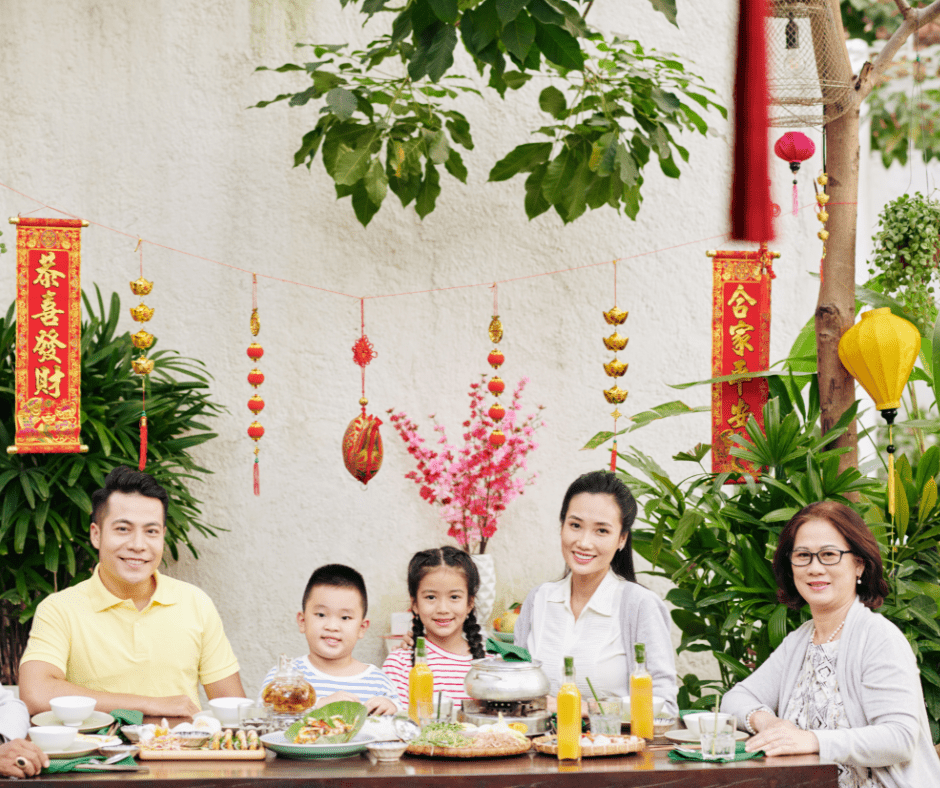If you’re like me, you may not have grown up celebrating Lunar New Year. In fact, this particular holiday may seem completely foreign.
You’re not alone.
What is Korean Lunar New Year and why is it worth celebrating?
Let’s explore this holiday together!
What is Korean Lunar New Year?
Lunar New Year is the beginning of the new year based on the lunar and solar calendars.
Although it’s not widely celebrated in the western world, it gives us a special opportunity to learn from other cultures and appreciate the fun and interesting traditions they bring to the table.
Lunar New Year is commonly celebrated among many Asian cultures in various ways, but I particularly love the way it’s celebrated in Korea!
How is it Celebrated?
Seollal (설날), also known as Lunar New Year, is one of the biggest annual celebrations and is based off the Korean lunar solar calendar. Traditionally derived from the Chinese calendar, this multi-day event ushers many Korean people back to their hometowns to celebrate with their families.
Possibly the most important part of celebrating Lunar New Year is what Koreans call Saebae (세배). Saebae is the act of kneeling on the ground and bowing deeply so that your hands touch the ground. This is an incredibly important act performed to anyone who is considered your elder as a sign of great respect. While bowing, younger family members wish their elders a year of good luck and good fortune. The elders offer the younger family members words of encouragement like, “I wish you a lot of good health this year” or “Do well in school and study hard.” Elders then often give younger members a gift of money for the new year.
How else do they celebrate? How do most cultures celebrate a lot of family members coming together? They eat, of course!
Japchae (잡채) or Korean sweet potato noodles, Tteokguk (떡국) or rice cake soup, and Mandu (만두), Korean dumplings to name a few of my favorites!
Many families also choose this special occasion to dress up in traditional Korean attire called Hanbok (한복). It’s a fun and beautiful way for them to connect to their ancestry. If you get a chance, google “Hanbok” and you won’t be disappointed.
Finally, because ancestry and respect are two important themes in Korean culture, families set out a special table with food and drinks as gifts for their traditional Charye (차례), a way of acknowledging and worshiping their ancestors. Family members take turns bowing deeply to their passed on loved ones, share stories about their lives, and send well wishes for their ancestors in the afterlife.
When is Lunar New Year?
This year, Lunar New Year falls on February 24th, giving us plenty of time to plan that party and hit up K-Town in L.A!
But, whether you choose to celebrate Lunar New Year this year or not, I hope you enjoy learning about other cultures as much as I do. What a privilege to celebrate each other’s heritage and truly champion a love of diversity through this beautiful holiday.

















